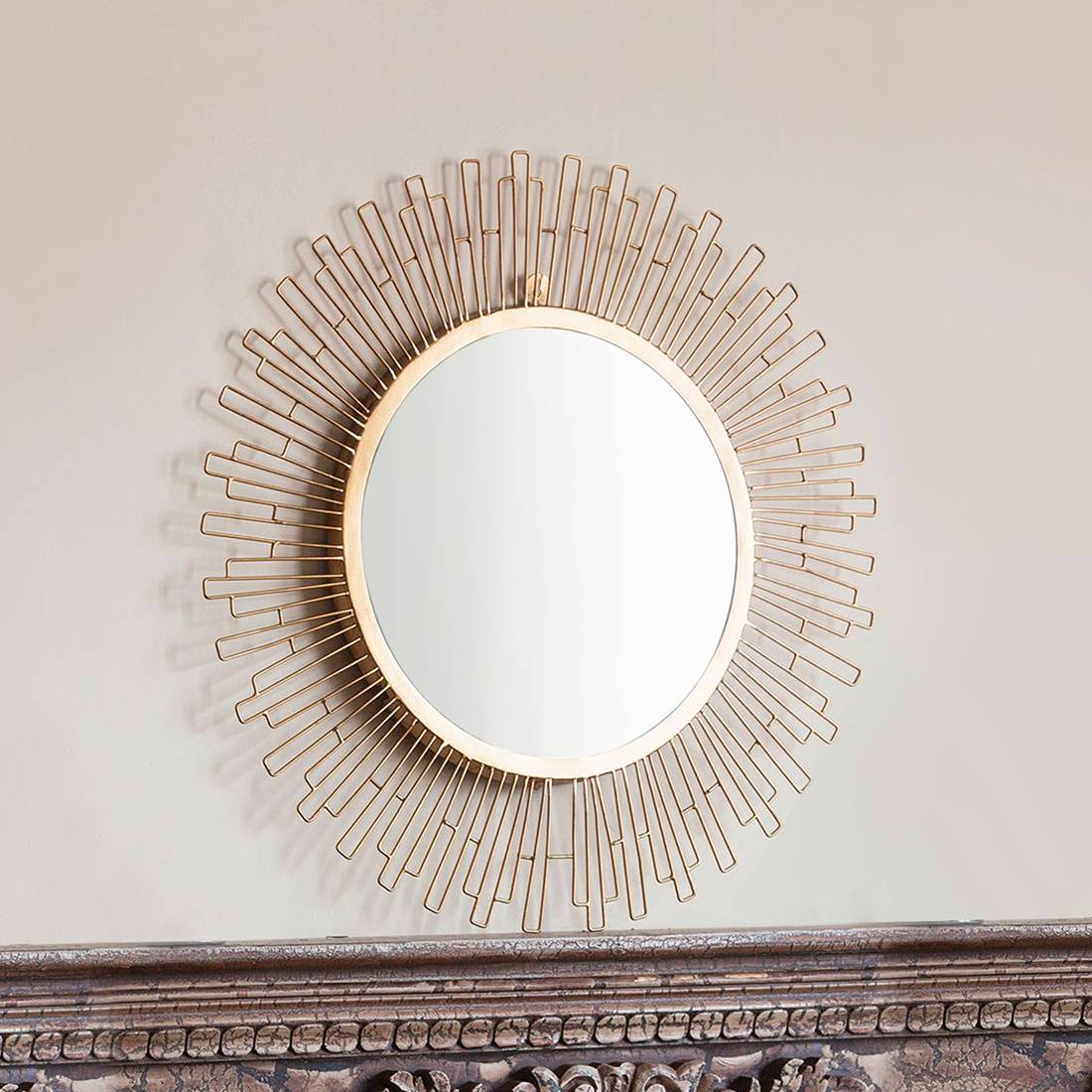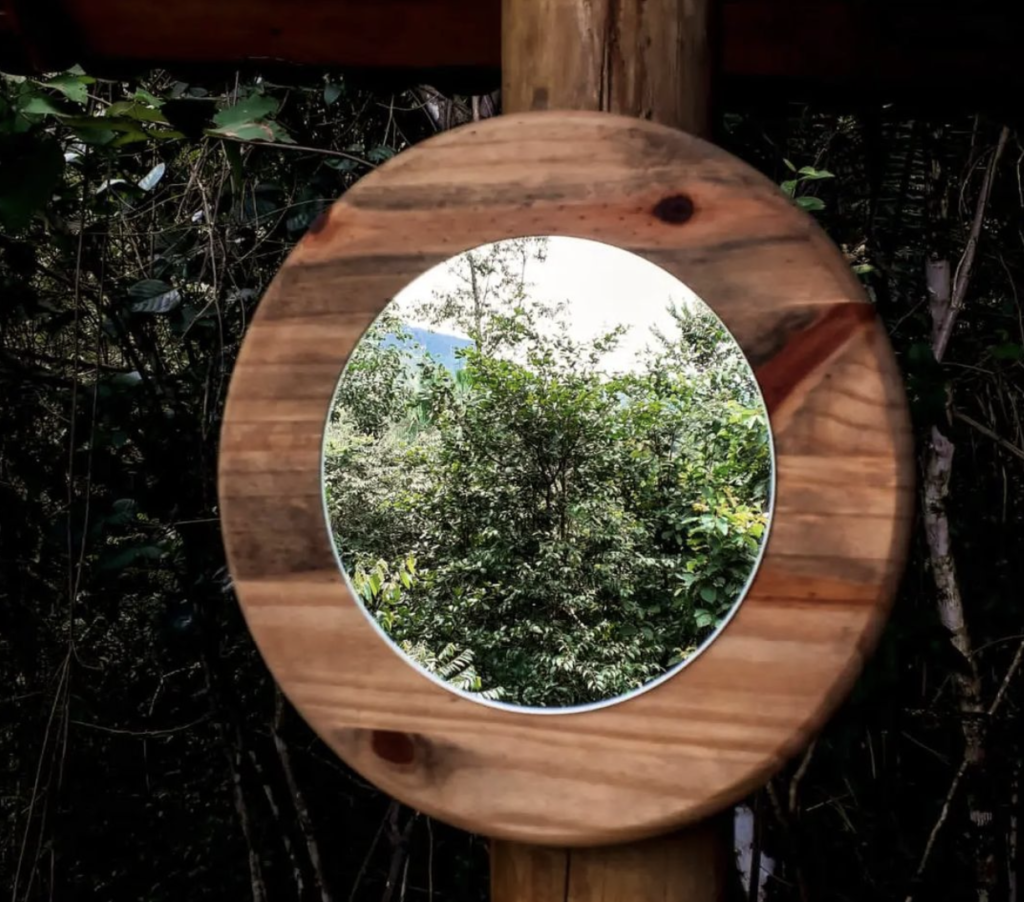Introduction
Mirrors are ubiquitous in our daily lives, serving as essential tools for grooming, decorating, and reflecting light in various spaces. While we often associate mirrors with their reflective properties rather than their color, the question of what color mirrors truly are can spark curiosity and intrigue. In this exploration of mirror colors, we delve into the fascinating world of reflection, absorption, and perception to unravel the complexities behind the hues that define our mirrored images.
The Science of Reflection
At its core, a mirror is a smooth, highly polished surface that reflects light in a way that preserves the original image’s qualities. When light rays strike a mirror, they bounce off at equal angles of incidence and reflection, creating a virtual image that appears to be located behind the mirror’s surface. This phenomenon, known as specular reflection, is essential for producing clear and accurate reflections in mirrors, enabling us to see ourselves and our surroundings with precision.
Understanding Mirror Coatings
To grasp the concept of mirror colors, we must first examine the materials and coatings used in mirror manufacturing. Traditional mirrors consist of a glass substrate coated with a thin layer of a reflective material, typically aluminum or silver, followed by a protective layer to prevent corrosion and degradation. The choice of reflective coating influences the mirror’s reflective properties, durability, and, to some extent, its perceived coloration when observed under different lighting conditions.

Silver Mirrors: Classic Elegance in Reflection
Historically, mirrors were crafted using silver as the primary reflective coating, giving rise to the classic silver mirror that exudes timeless elegance and sophistication. Silver mirrors possess exceptional reflectivity, allowing them to produce clear, high-fidelity reflections with minimal distortion. While silver mirrors are renowned for their reflective quality, they can exhibit a slight tint of green due to the absorption of certain wavelengths of light by the silver coating, subtly influencing the perceived color of the reflected image.
Aluminum Mirrors: Modern Versatility and Durability
In contrast to silver mirrors, aluminum-coated mirrors have gained popularity for their durability, affordability, and versatility in various applications. Aluminum mirrors offer comparable reflectivity to silver mirrors while exhibiting superior resistance to corrosion and environmental factors. The reflective coating of aluminum mirrors can impart a slightly bluish or grayish hue to the reflected image, depending on the thickness and composition of the aluminum layer, adding a distinctive touch to the mirror’s overall appearance.
Tinted Mirrors: Infusing Color into Reflection
Innovations in mirror technology have led to the development of tinted mirrors that introduce color into the reflective surface, offering a creative and contemporary twist on traditional mirror designs. Tinted mirrors feature specialized coatings or treatments that imbue the mirror with hues such as bronze, gray, blue, or even rose gold, transforming the reflective experience into a visual statement. These tinted mirrors not only enhance the aesthetic appeal of interior spaces but also play with light and color to evoke mood and atmosphere.
Mirrored Glass: A Kaleidoscope of Reflective Hues
Mirrored glass stands as a captivating innovation that transcends the traditional confines of mirror design, offering a dazzling array of colors and finishes that redefine the art of reflection. As we explore mirrored glass, we uncover a world where creativity, functionality, and visual allure converge to produce mirrors that reflect the spectrum of colors with breathtaking diversity.
Diverse Color Options
One of the most striking features of mirrored glass is its ability to showcase an extensive palette of colors, ranging from bold and vibrant tones to subtle and understated hues. Unlike conventional mirrors that predominantly exhibit silver or aluminum coatings, mirrored glass can be customized to embody a myriad of colors, including but not limited to gold, bronze, blue, green, pink, and even iridescent shades. This versatility empowers designers, architects, and homeowners to infuse their spaces with personalized, eye-catching reflections that harmonize with their aesthetic vision.
Antique Mirrors: Timeless Elegance and Character
Within the realm of mirrored glass, antique mirrors emerge as a testament to the enduring allure of vintage charm and timeless elegance. These mirrors undergo deliberate treatments and processes to achieve an aged, weathered appearance, evoking a sense of history and character. Antique mirrors often feature warm, golden tones or subtle tints that accentuate their vintage appeal, adding depth and sophistication to interior spaces while carrying echoes of bygone eras.
Colored Mirrors: Vibrancy and Expression
In contemporary design contexts, colored mirrors have become a popular choice for infusing spaces with vibrancy, personality, and expression. By incorporating specialized coatings or tinted glass, colored mirrors offer a broad spectrum of hues that can range from soft pastels to rich jewel tones. Whether adorning feature walls, statement pieces of furniture, or decorative accents, colored mirrors enliven environments with their captivating play of light and color, serving as dynamic focal points that command attention.
